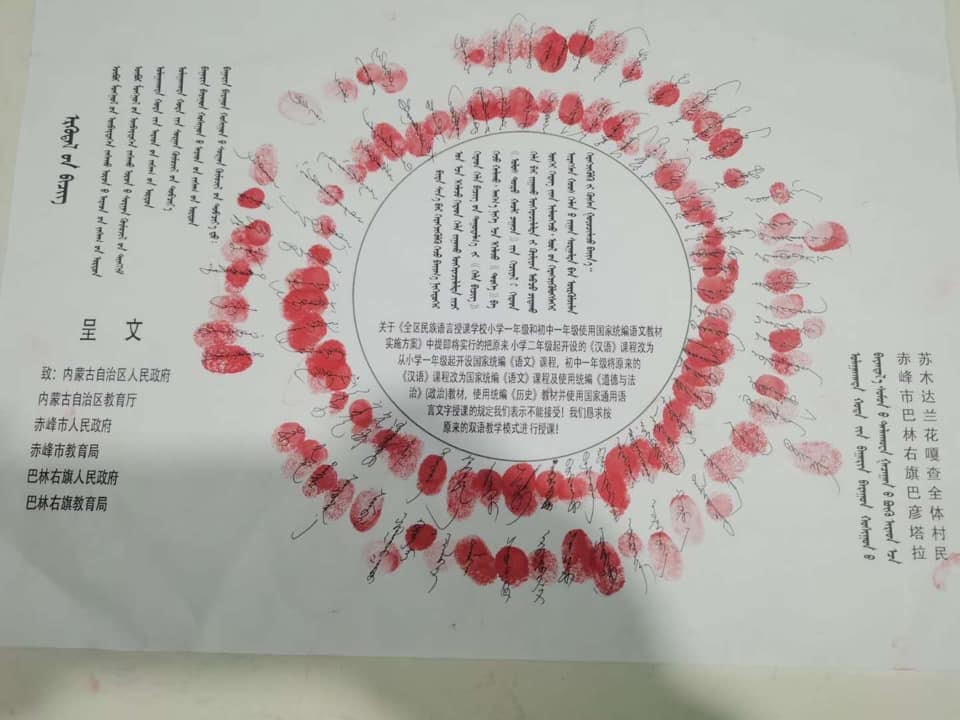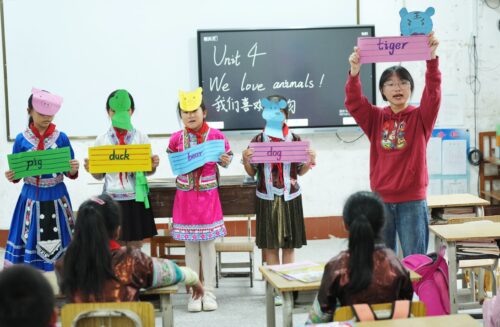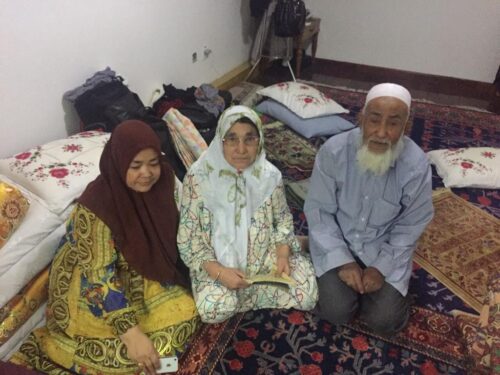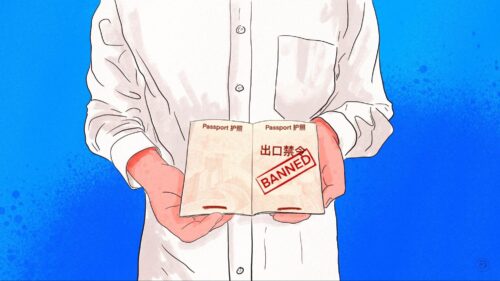Ethnic Mongols protest Beijing’s push for Mandarin-only classes
New education standards are shrinking the space for Mongolian-language instruction in China’s Inner Mongolia region. The policy change has sparked widespread protest, but Beijing is unlikely to change course.

Widespread protests have erupted in Inner Mongolia, the expansive region of northern China that straddles the border with Mongolia, in response to new education policies that further deemphasize the use of Mongolian language in schools.
“The policy change, enacted September 1, requires all ethnic minority schools in Inner Mongolia to teach core subjects — politics, history, and language and literature — in Mandarin rather than Mongolian, echoing similar moves in Tibet and Xinjiang,” reports AFP.
Millions of ethnic Mongols live in Inner Mongolia, and in recent days and weeks, many communities have reportedly signed petitions, held protests, and boycotted classes at schools to object to the policy change.
- Petitions: “Within two days of the public announcement of the policy on July 6, 4,200 petitions had already been circulated… Nine of Inner Mongolia’s most popular bands have also shared petitions against the new proposal on social media,” according to Christopher Atwood in the Made in China journal.
- Protests: The New York Times summarizes: “Images of the protests shared on social media sites showed crowds of parents and students amassing peacefully outside schools, singing and shouting slogans as the authorities looked on. In one video, a woman was shown flipping through the pages of a textbook, decrying the absence of Mongolian language. In another, students in blue and white uniforms shouted, ‘Mongolian is our mother language! We are Mongolian until death!’”
- Boycotts: According to Khubis, an ethnic Mongolian now living in Japan, 1,950 of 2,000 primary students at a school in the regional capital, Hohhot, had boycotted classes, per Radio Free Asia.
More information on the protests can be found in the Guardian and Inkstone, and Radio Free Asia has an initial report on a curfew being imposed in one city.
Why is this happening?
Christopher P. Atwood, a scholar of Mongolian history, has written an excellent explainer on language policy in Inner Mongolia, giving historical, cultural, and political background to what is happening. To understand the situation fully, read his whole piece.
Two key takeaways from Atwood’s analysis:
- Inner Mongolia policy is connected to policies for other ethnic minority regions in China, like Tibet and Xinjiang. A so-called “second-generation ethnic policy” (第二代民族政策 dì èr dài mínzú zhèngcè) concept, which regards China’s constitutional protections for ethnic minorities as a mistaken holdover from the Soviet system, appears to have significant support in Beijing.
- Mongolian is genuinely at risk of becoming a “kitchen sink” language in China, where it “can only be used for in-family conversations and lacks vocabulary and rhetorical sophistication for public written and oral use.” This is true even if the change in language teaching is gradual and is not accompanied by outright bans on the use of Mongolian.
See also: Xi says China to step up efforts to fight ‘splittism’ in Tibet / Reuters






